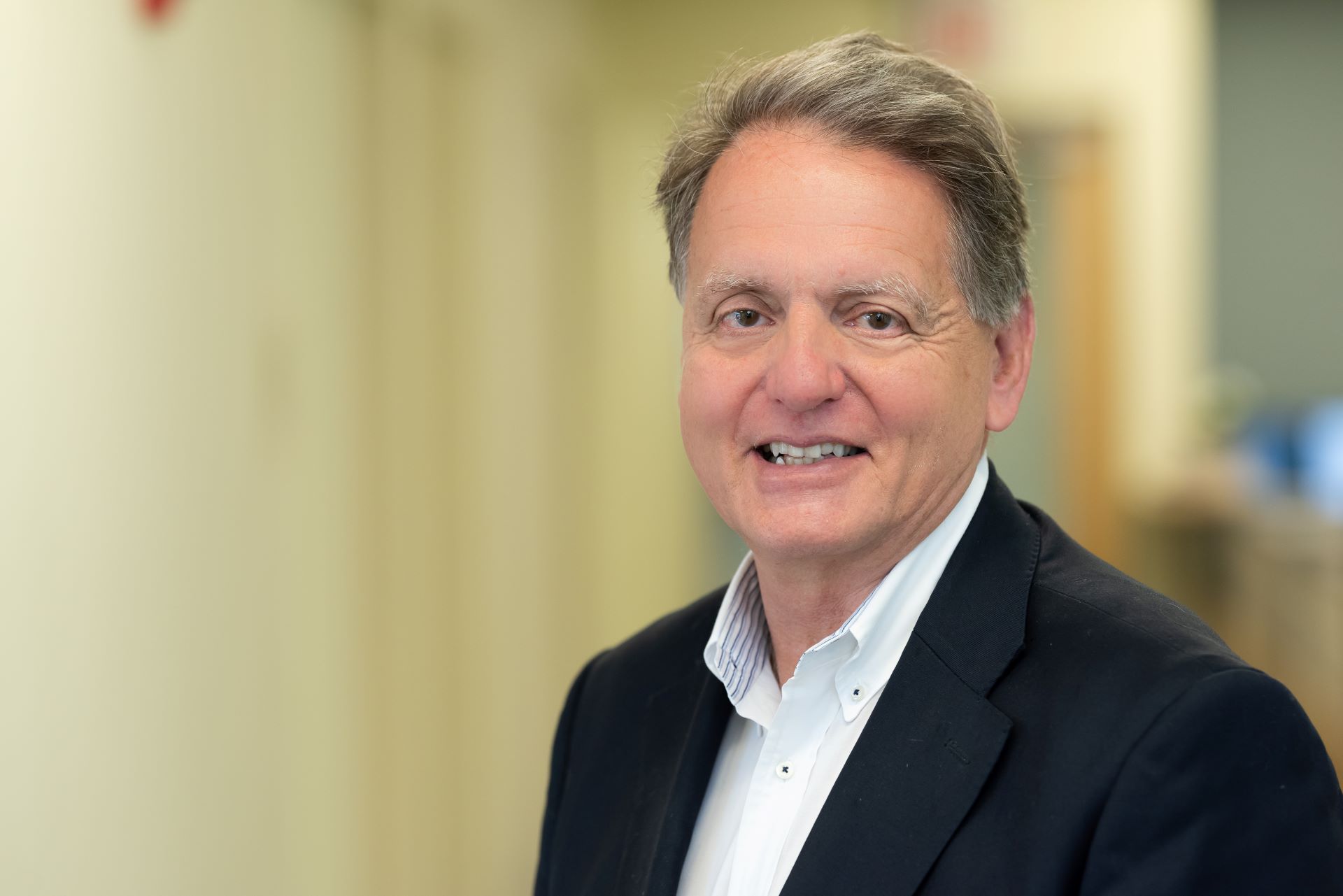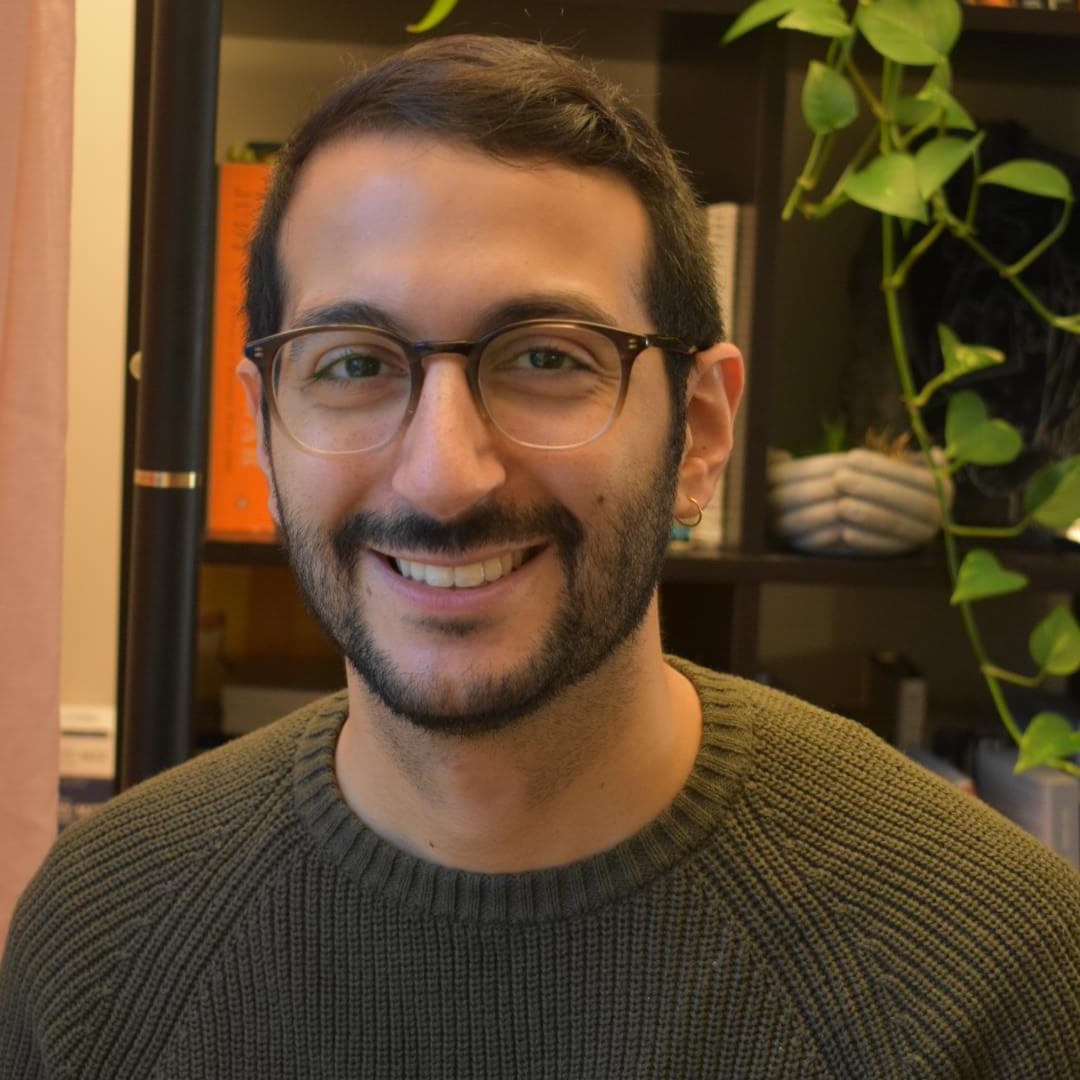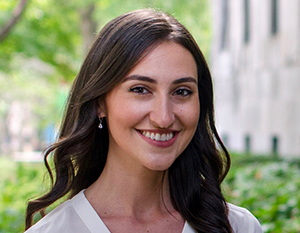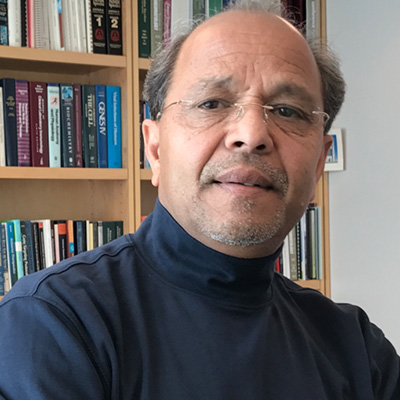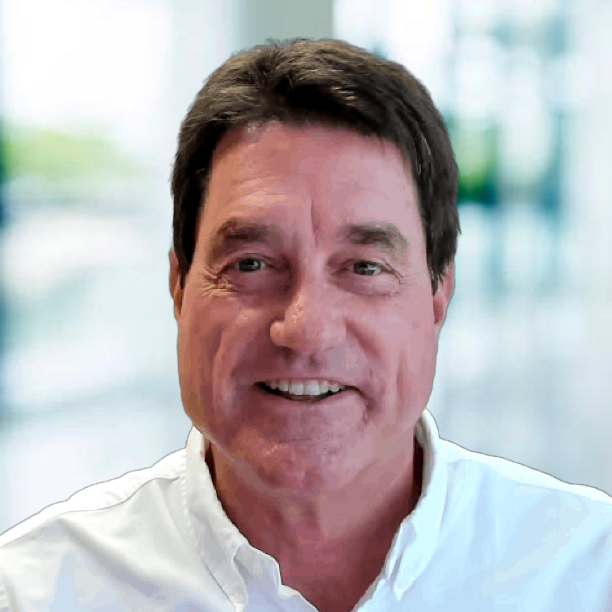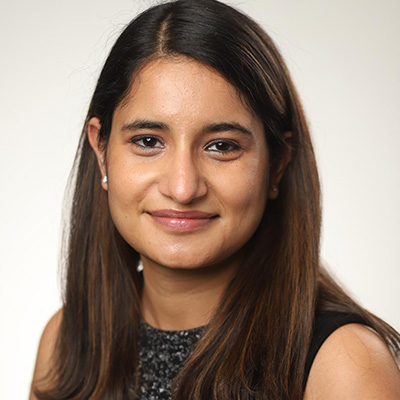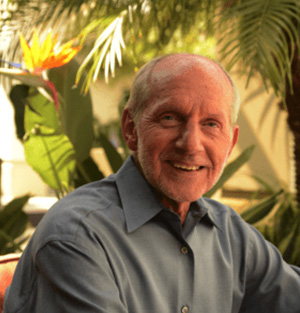
Looking for something?

How did you become interested in the field?
I was working in 1981 as an organic chemist at NIH in the former FDA Bureau of Biologics (now Center for Drug Evaluation & Research), and was asked to help clone the gene for human C-reactive protein by making the required hybridization probe—a mixed-sequence 11-mer oligodeoxynucleotide, about which I knew absolutely nothing! After reading Khorana’s publications, I carried out solid-phase phosphotriester chemistry on a borrowed peptide synthesizer, with lots of complaints about “smelly chemicals” from my biology collaborators. However, they didn’t complain about the results, which were published in J. Biol. Chem.
Who were your early mentors?
As a first year undergraduate engineering major at Canisius College in Buffalo, NY, I struggled mightily with math, and was politely encouraged by my advisor, Prof. Raymond Annino, to consider “something different.” He offered me a summer research position with him by helping with organic synthesis. I greatly enjoyed this, switched my major to chemistry, and the work was published in J. Am. Chem. Soc. That helped me to get into the PhD organic chemistry program at Princeton University where I worked under Prof. Kurt Mislow on organophosphorus stereochemistry. Kurt taught me the importance of critically reading the literature, and pursuing novel experimental directions.
How did you become involved in OTS?
At Applied Biosystems, Inc. (ABI) I led commercialization of the first automated methods for synthesis of oligonucleotide analogues for the then emerging area of “antisense” applications. I was approached by Dr. Alan Gewirtz to collaborate, and I provide him with antisense phosphorothioates as potential anticancer agents, which eventually led to my co-founding Lynx Therapeutics, based largely on Alan’s promising results in mouse models. We worked closely for many years, and Lynx provided the GMP phosphorothioate for Alan’s pioneering bone marrow purging clinical trial. I was delighted when Alan and others founded OTS.
Why do you continue to support the society?
Oligonucleotide therapeutics is an interdisciplinary field, and OTS provides a unique and valuable forum for basic researchers, development, and clinical investigators to meet, interact, and share results, especially at the annual meeting. I was pleased to see and meet many young, “next generation” investigators at the last meeting in San Diego. Because of this, and my past relationship with Alan, I gladly contribute to The Dr. Alan M. Gewirtz Memorial Scholarship.
What is special about the type of research/work you’ve done?
In retrospect, the current widespread utility of phosphorothioate-modifed oligonucleotides, which I championed in various ways over the years, has vastly exceeded my initial hope when they were automatically synthesized for the first time in my lab at NIH/FDA for testing as antisense agents. Back then there were many skeptics, so it’s very gratifying to see how this simple chemical modification has been used by others to advance oligonucleotide therapeutics.
What do you like to do in your free time?
Disconnect from science by working out at the gym, swimming, hiking, and reading—usually fictional adventure; however, recent reads include One Nation by Ben Carson, Life at the Speed of Light by Craig Venter, and The God Gene: How Faith Is Hardwired Into Our Genes by Dean Hamer at NIH.


